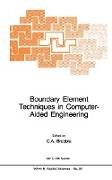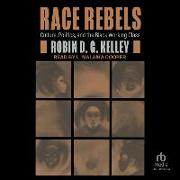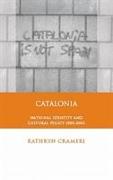- Start
- Monument Avenue, History and Architecture (Classic Reprint)
Monument Avenue, History and Architecture (Classic Reprint)
Angebote / Angebote:
Excerpt from Monument Avenue, History and ArchitectureMonument Avenue in Richmond, Virginia, is renowned as the South's grandest commemorative precinct dedicated to the heroes of the Lost Cause. Its name derives from the Confederate memorials strung the length of its tree-lined ceremonial axis, a series of traditional public sculptures that range from the bronze-and-granite, beaux-arts monumentality of an equestrian Robert E. Lee to enshrined cannons marking the lines of Richmond's defensive battlements during the long years of siege. But apart from its memorial function, Monument Avenue is also one of the most celebrated examples in the United States of the residential boulevard as public amenity and civic art.The avenue begins at Stuart Circle, one mile west of Capitol Square at the head of Franklin Street, nineteenth-century Richmond's most socially correct address, and extends more than a mile northwest through the city's west end. When its first blocks were planned in 1887, the city ended here, in rolling fields stretching past the state agricultural exhibition grounds into the farmlands of Henrico County. Today J. E. B. Stuart's statue marks the transformation of Franklin Street's shaded intimacy-characteristic of the historic city's old order-into the City Beautiful expanse of a four-lane, divided boulevard fully 140' wide between building lines. The stylistic transition from the genteel Victorian urbanity of the historic city to the avenue's vigorous red-brick modernity, from a comfortable past to Something New, is modulated, even graceful, but the change in spatial scale is profound.Four parallel rows of trees frame the avenue's double carriageways and wide median, contributing as much to dramatic public vistas as to the creation of an exclusive residential environment. On either side, the street wall consists of two and three-story houses and apartment buildings faced in brick or stone, uniformly set back from paved sidewalks 15' wide. At pedestrian level, beneath the foliage, nearly every house proffers the visual and social intervention of a columned porch or balustraded terrace between private property and public promenade. The blurred effect from the thick of traffic whizzing down the thoroughfare is of a unified fabric of white columns and limestone details against a field of Colonial Revival red brick, opening up at more or less regular intervals to the grand ceremonial event of a monument in stone and bronze. Experienced this way, the avenue exhibits a remarkable architectural cohesiveness, only closer attention reveals the variety of design and detail, the singular identity of each individual house, and an apparently provisional standard of what was appropriate to build there.About the PublisherForgotten Books publishes hundreds of thousands of rare and classic books. Find more at www.forgottenbooks.comThis book is a reproduction of an important historical work. Forgotten Books uses state-of-the-art technology to digitally reconstruct the work, preserving the original format whilst repairing imperfections present in the aged copy. In rare cases, an imperfection in the original, such as a blemish or missing page, may be replicated in our edition. We do, however, repair the vast majority of imperfections successfully, any imperfections that remain are intentionally left to preserve the state of such historical works.
Folgt in ca. 10 Arbeitstagen




